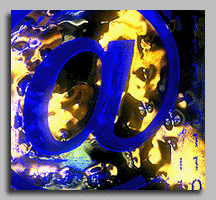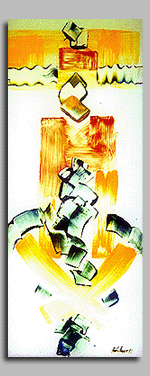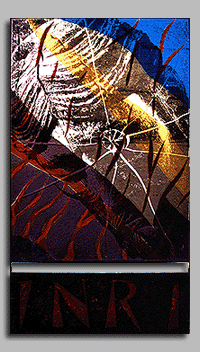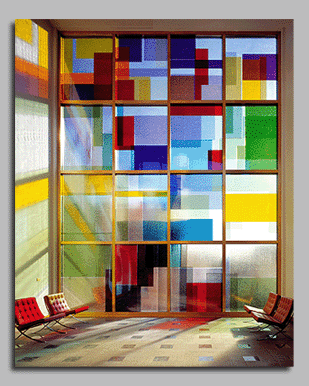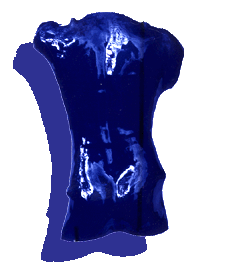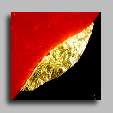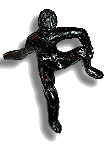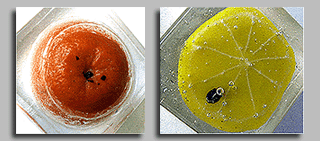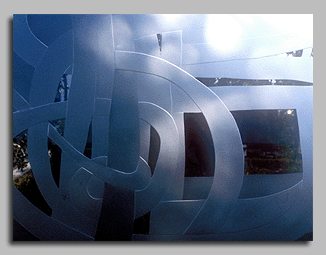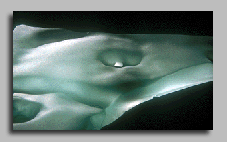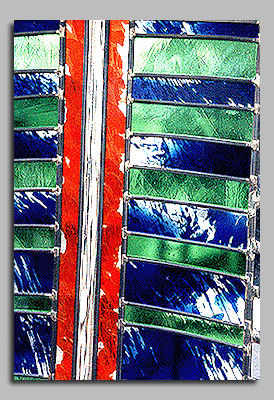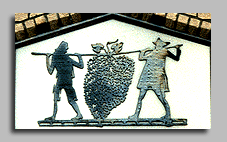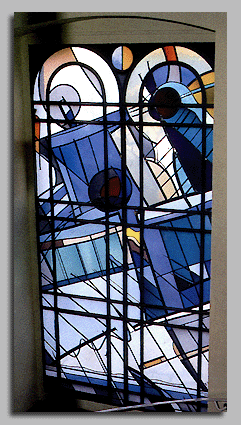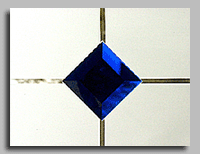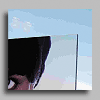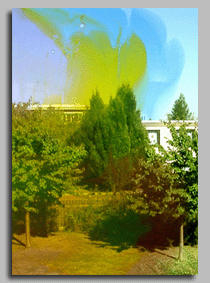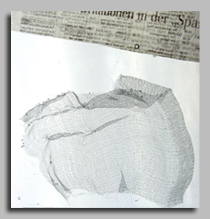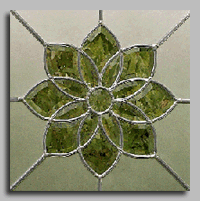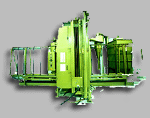
For the realisation of your ideas we offer the following techniques:
|
You are here: |
|
|
|
|
|
Send us an e-mail or use the responseform |
|
Glass-painting As a classical and modern technique, glass painting is often connected to antique sheet glass or machine-pulled coloured glass, partly with single or double layered coloured flashed glass. Besides a wide selection of glass and glass-painting coloures we also offer our oven with a combustion chamber of up to 2100x 3500 mm. Here you find further information about glass-painting. |
|
Float-glass painting With the float-glass technique you can work on much bigger sizes. than you can on machine-pulled glass (glass-pane size up to max. about 90 x 120 cm or about 60 x 90 cm with antique sheet glass) . Float -glass paintings can be spread to tempered-glass or laminated safety-glass. It can also be sand-blasted. Here you find further information on float-glass painting. |
|
Silk-screen printing With the help of silk-screen printing you can integrate very fine structures in the glass design, even photos. You don't always have to bring on glass-painting colour. With the silk screen you can bring on the glass to spread to etching and sand-blasting. Here you find further information about silk screen printing. |
|
Fusing glass With the fusing technique you can connect different pieces of glass without using seperations like lead. The glass can be spread to insulation glass or VSG with PVB-foil . The melting furnace with a combustion chamber of up to 2100 x 3500 mm gives you the opportunity for fast and accurate work. Here you find further information about fusing glass. |
|
Formed glass objects Our ovens can also be used to create glass-objects. No matter if they are bowles, bodys cubes etc. ... Here you find an example by Ina Kriegelstein |
|
Glass - metall fusing In the picture on the left you can see a glass-cube with gold melted into it. This is another interesting variation of the many uses of fusing- glass. Besides gold we can also melt copper, silver, other metalls or wires. |
|
Paté de verre-technique is a further possibility for glass design that we can offer you thanks to our melting furnace. Above you can see a "fusing man" on the left fruits made of glass. Both were manufactured by a draft of Sabine Wiedemann and were exhibited on the glasstec 2000. |
|
Sand-blasted glass With the sand-blasting technique we can produce soft structures as well as three-dimensional-forms. Generally all glasses can be sandblasted even fire resistant glazing. The depth of the blasting however, depends on the kind of the glass. A special depth-effect can be achieved through shifted blasting on the front and the back Here you find further information on sand-blasting-technique. |
|
Glass etching Modern glasses are very stable but can be etched with hydrofluoric acid Especially on real antique sheet glass with many colour layers, brilliant structures can be achieved. Only for the mattening of glasses we usually use the sand blasting technique because it's better for the environment. Here you find further infos on etching. |
|
Water jet cut glass is usually processed to fusing-glass. Especially when complex motives are already available digitally water jet cut glass is not as expensive as you would think. Here you find another water jet cut glass motive. |
|
Stained glass Stained glass is so to say the "glue" beetween the different glasses. Lead profiles can connect e.g. the following.
Here you find further info on stained glass design. |
|
Glass glueing With the help of modern, partly 2-componental glass glues colour applications stick very good on safety glass. We would suggest to clarify the damp exposure in the preliminary stages. Modern glues are very good, but their staying powers should not be overrated, |
|
|
|
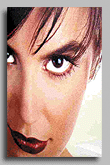
|
Digital direct printing Digital printing can also be a way of design, especially in the profane area. Photos, surface structures e.g. of stones or wood but also graphic arts and texts can be printed on the glass. Depending on the weight, glass panes of up to 2150 mm wide x 6000mm can be printed on. (Depending on the maximum size of the pane) The print can be combined with sandblasting or other designing techniques, of course the printed glass pane can be illuminated. By the way, with this technique we can also print on other materials e.g. metall. |
|
Cast in place resin technique The cast in place resin technique can not only be used for sound insulation but also for the fabrication of laminated glass with safety features, e.g. for fusing glass. With the cast in place resin technique you can design on glass in many different ways.
Integration of:
Here you should also clarify the damp exposure and the desired durability in the preliminary stages. Here you find differnt examples. |
|
Facettes & Glass- sticks Facettes, lenses and glass-sticks achieve great light effects. The result doesn't always have to be traditional. Here you can see a glass-stick in beetween the two red glasses. Here you can find further infos on facettes. |
|
Concrete-glazing For many years concrete-glazing was a popular technique. In recent years however it has lost its importance due to new developements like fusing-techniques. |
The equippment:
|
|
|
The glass-design has a significant influence on the room-effect. Besides those examples, you find here a range of other glass-works. |
|
|
We work according to YOUR wiches! We would be pleased to help you realizing your design ideas!
Let us show you the many possibilities you have when working in our workshop Please contact us by fax +49-931-60096-19, e-mail or | |
